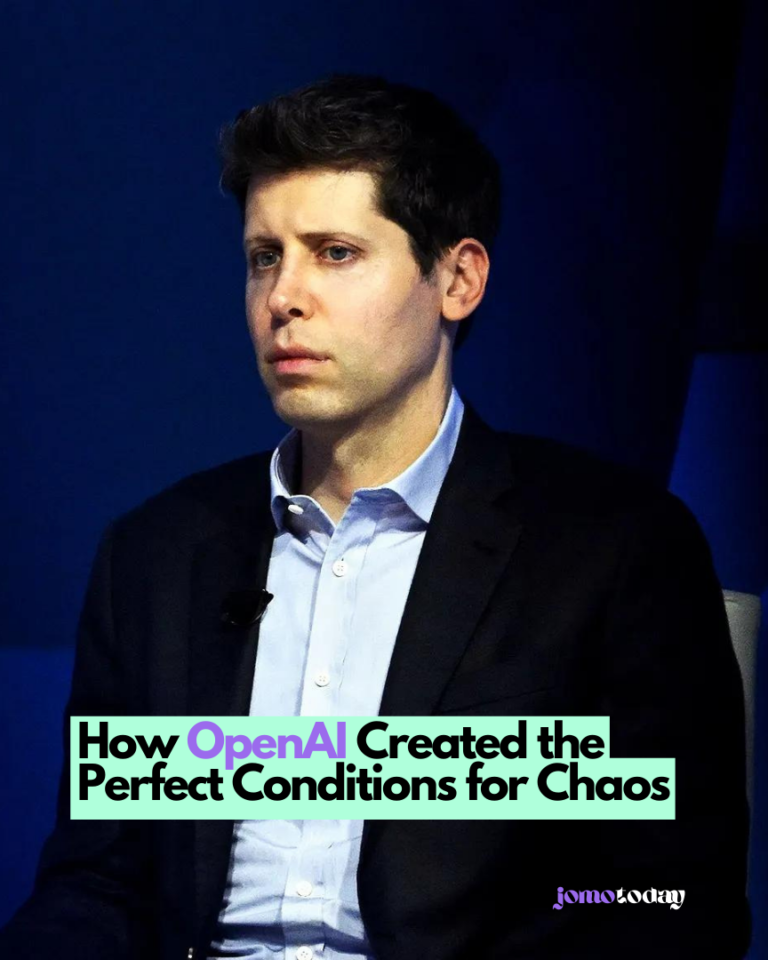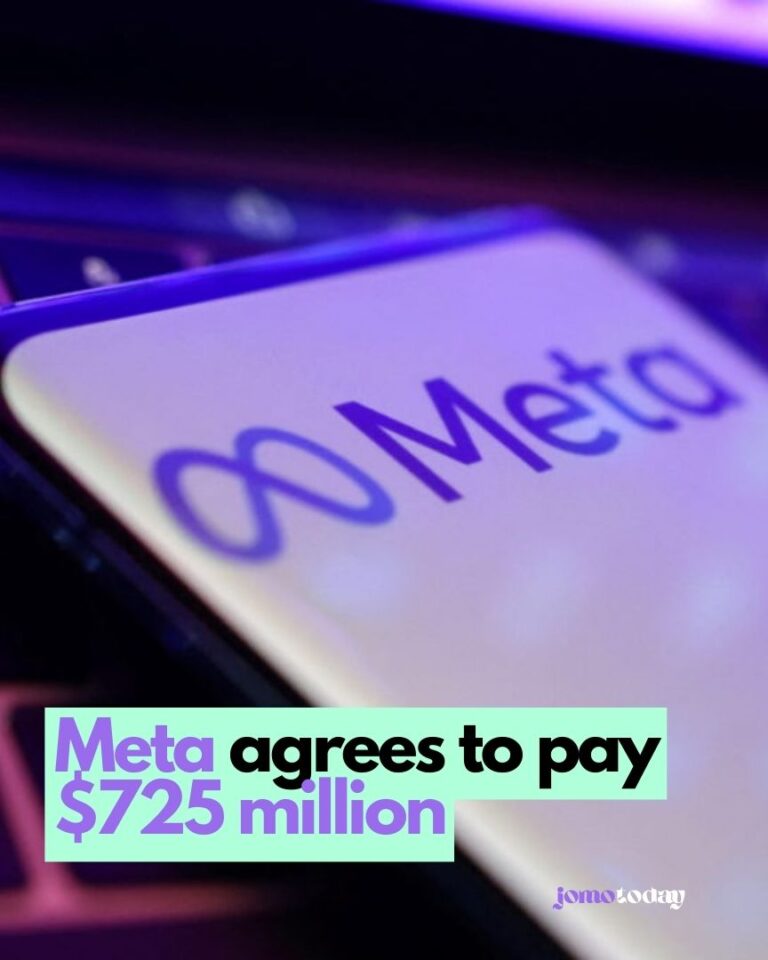On Wednesday, Uber disclosed its first-quarter results, which exceeded revenue expectations marginally. However, the company unexpectedly reported a net loss.

Shares of Uber fell more than 6% in premarket trading Wednesday.
Here’s how the company did:
- Loss per share: 32 cents. That may not compare with the 23 cent earnings expected by LSEG
- Revenue: $10.13 billion vs. $10.11 billion expected by LSEG
In its first quarter, Uber saw a 15% increase in revenue, reaching $8.82 billion compared to the previous year. However, the company’s gross bookings fell short of analyst expectations, totaling $37.65 billion instead of the anticipated $37.93 billion.
Uber’s net loss expanded to $654 million, or 32 cents per share, from $157 million, or 8 cents per share, in the same quarter last year. This loss included a $721 million hit from unrealized losses linked to the reevaluation of its equity investments.
CEO Dara Khosrowshahi explained in an interview on CNBC’s “Squawk Box” that this shift to a loss wasn’t due to operational issues but rather marking down equity stakes. He expressed confidence that this wouldn’t persist in the future but acknowledged the unpredictable nature of markets.
Uber reported adjusted EBITDA of $1.38 billion, surpassing analyst expectations of $1.31 billion, showing an 82% increase year over year.
For the second quarter, Uber expects gross bookings between $38.75 billion and $40.25 billion, falling slightly short of estimates. Adjusted EBITDA is anticipated to be between $1.45 billion and $1.53 billion, slightly lower than the expected $1.49 billion.
The number of monthly active platform consumers for Uber reached 149 million in the first quarter, a 15% increase from the previous year, with 2.6 billion trips completed, up 21% year over year.
Khosrowshahi highlighted that the demand for Uber remains strong, citing factors such as an improved marketplace experience, the ongoing shift from goods to services in consumer spending, and the growing trend towards on-demand transportation and delivery.
Here’s how Uber’s largest business segments performed:
Mobility (gross bookings): $18.67 billion, up 25% year over year.
Delivery (gross bookings): $17.7 billion, up 18% year over year.
Uber’s mobility segment saw a 30% increase in revenue from the previous year, totaling $5.63 billion, with a 2% quarter-over-quarter growth. Analysts from StreetAccount had anticipated $5.52 billion. Uber attributed a 180 basis point decrease in mobility revenue margin to “business model changes.”
CEO Khosrowshahi highlighted the company’s focus on expanding into new consumer segments while increasing penetration in core use cases to drive user growth.
In the delivery segment, revenue amounted to $3.21 billion, up 4% year-over-year and 3% quarter-over-quarter. StreetAccount analysts had expected $3.28 billion. Uber cited a 230 basis point reduction in delivery revenue margin due to “business model changes” during the period.
Uber’s freight business generated $1.28 billion in sales for the quarter, remaining unchanged from the previous quarter and showing an 8% decline compared to the previous year.
Read More: Uber Eats introduces robot deliveries in Japan
Disclaimer:
This content is AI-generated using IFTTT AI Content Creator. While we strive for accuracy, it’s a tool for rapid updates. We’re committed to filtering information, not reproducing or endorsing misinformation. – Jomotoday for more information visit privacy policy






Leave a Comment